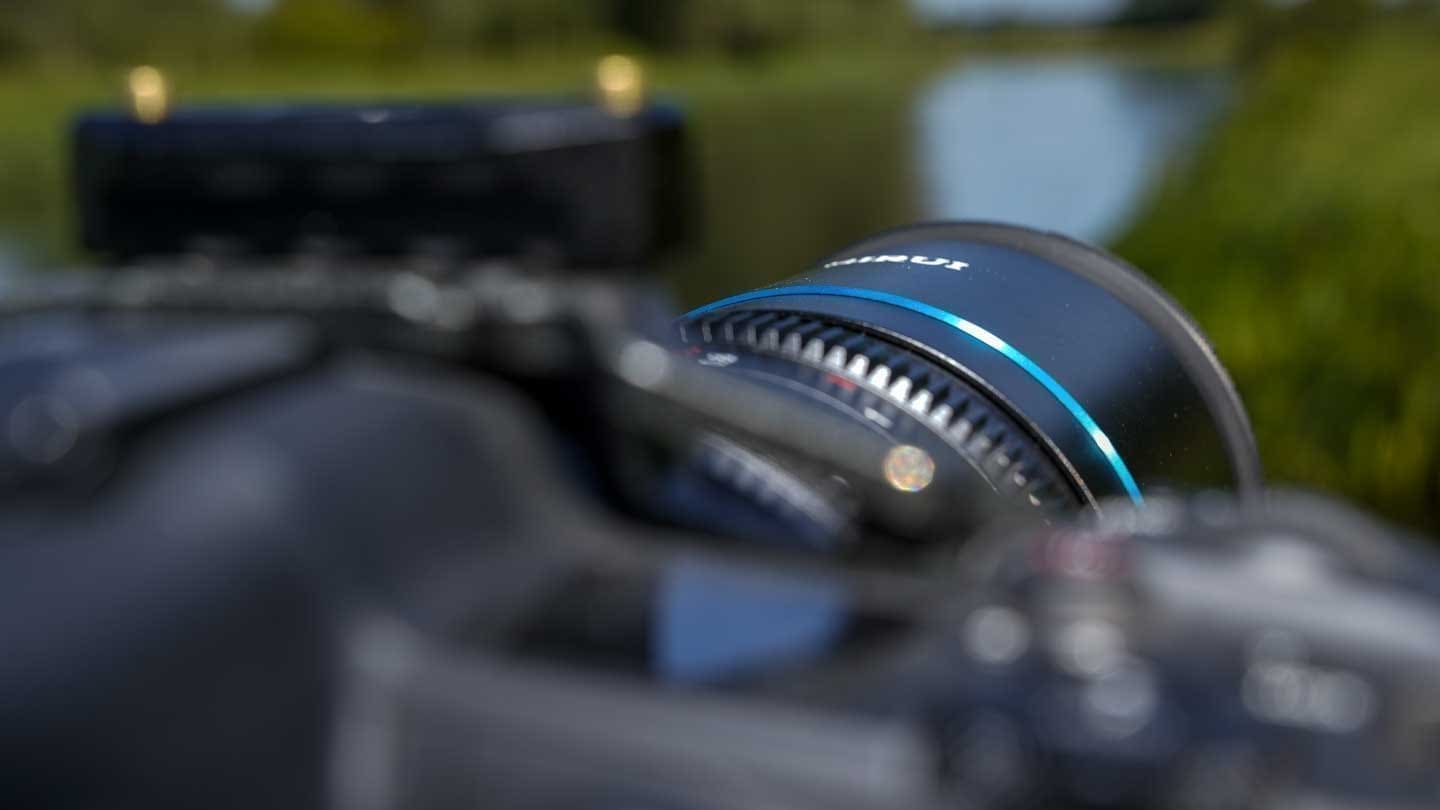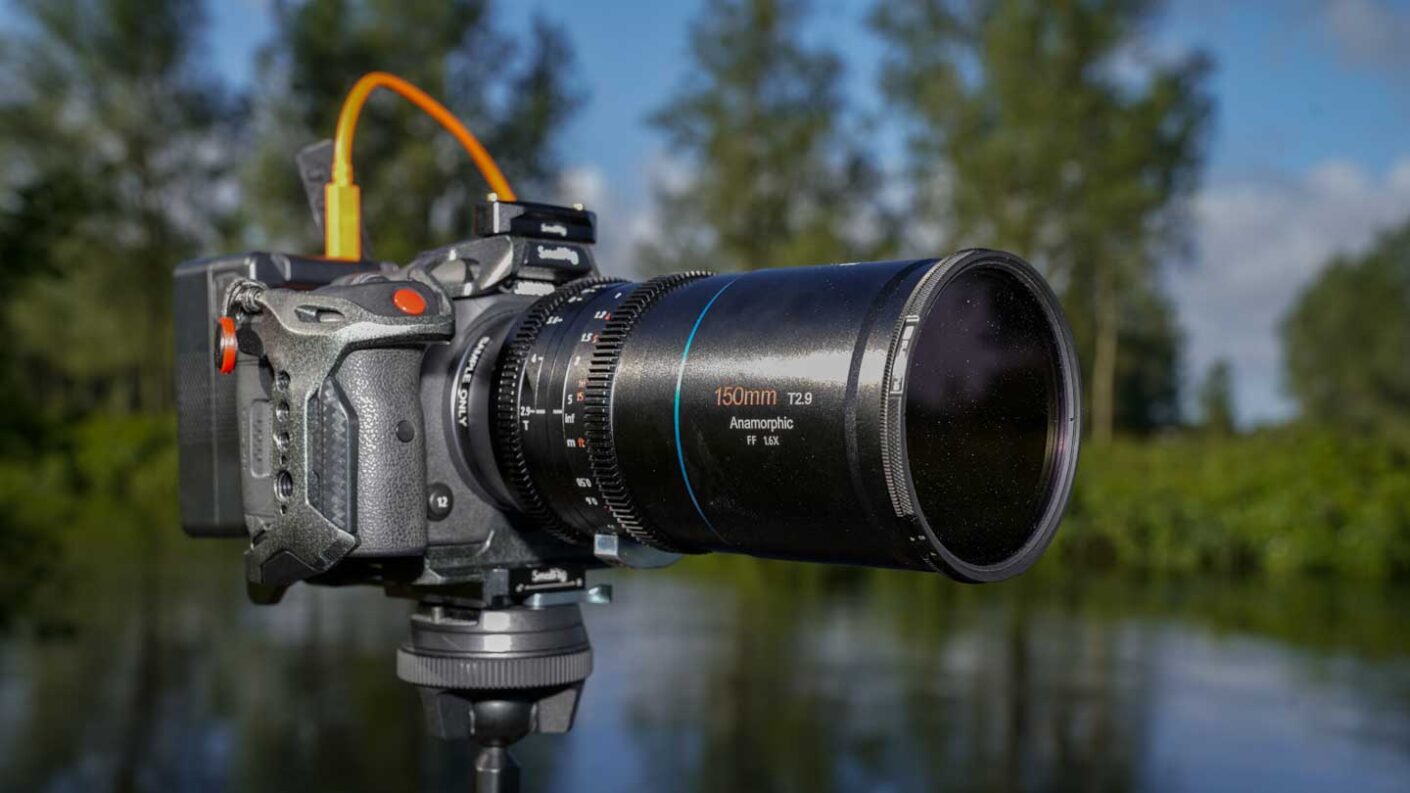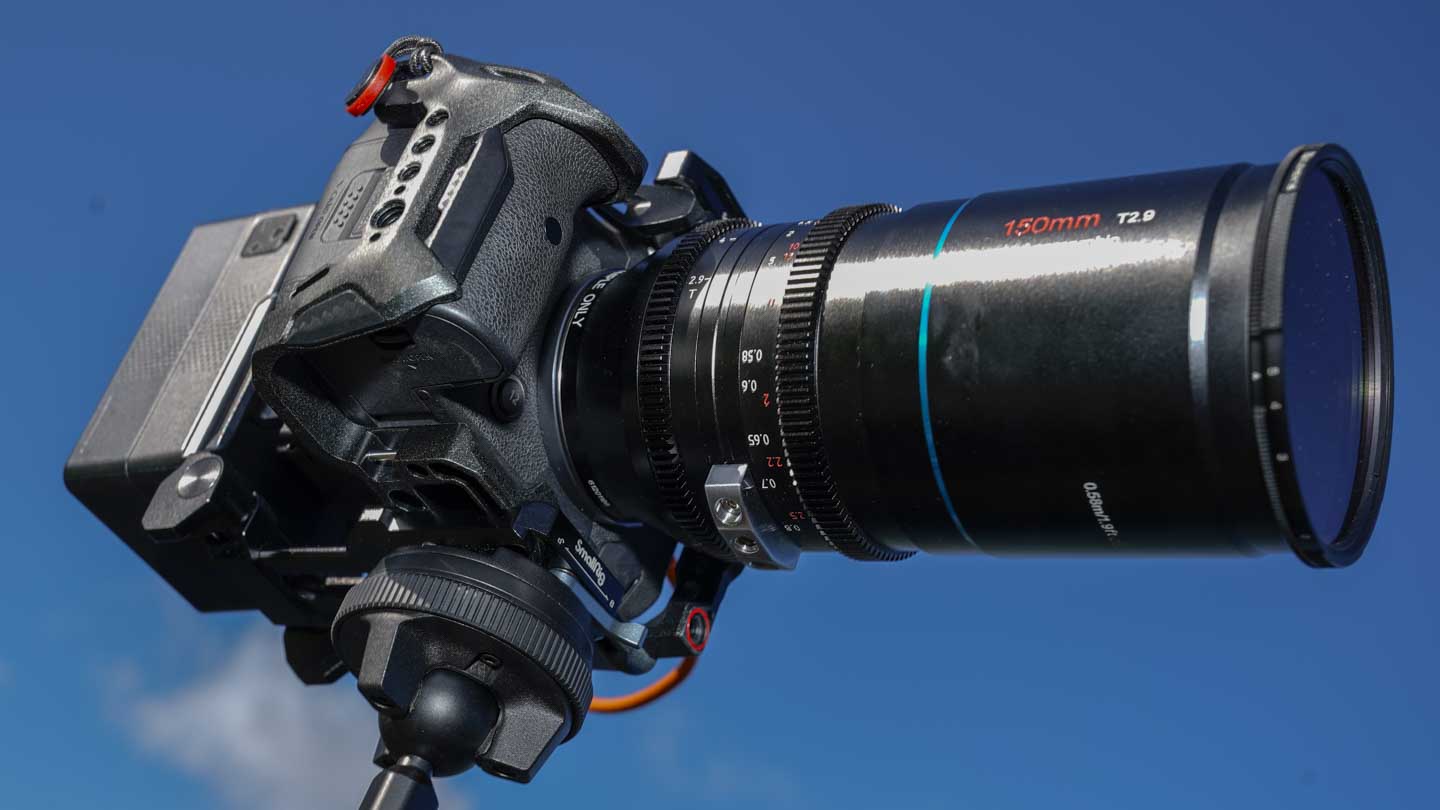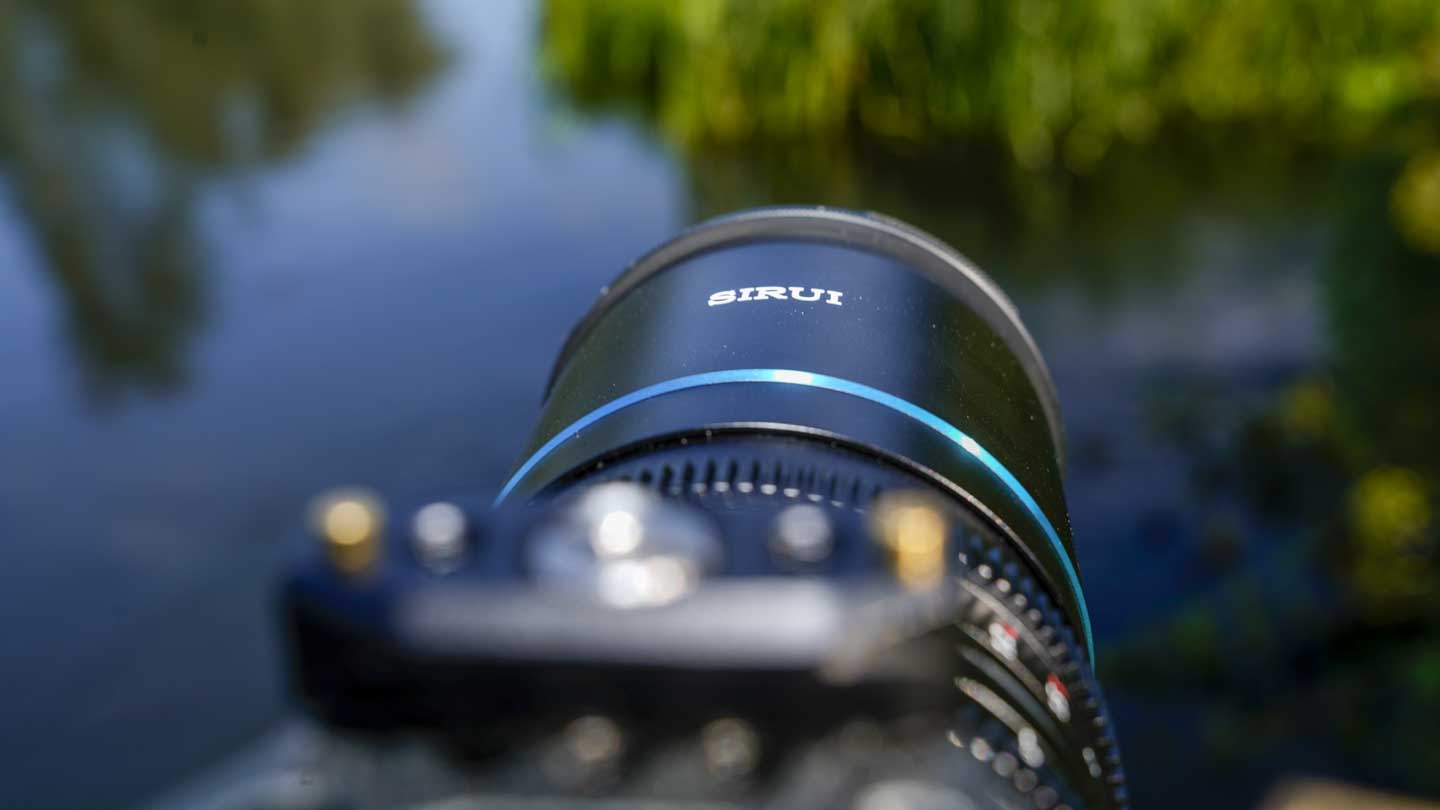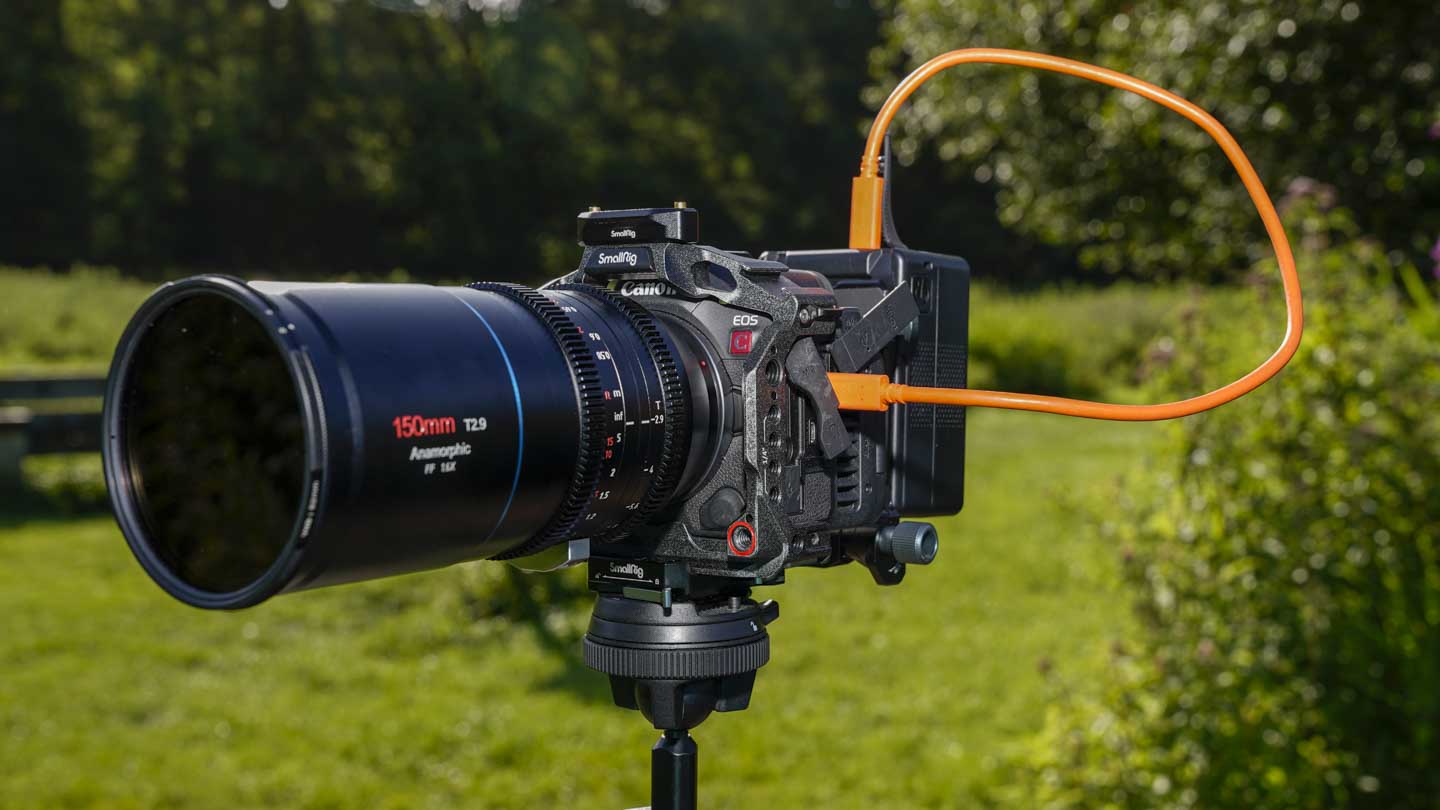An anamorphic lens like this SIRUI Venus 150mm is a specialised optical choice that affects how images are projected onto the camera’s sensor. Essentially that anamorphic front element squeezes the image horizontally, allowing for a wider field of view to be captured on a standard sensor, in this case, the full-frame 4:3 aspect ratio Canon EOS R5 C sensor, although for the purpose of shooting video that aspect ratio changes to 16:9 when shooting 4K or 1080P. When this squeezed image is later “de-squeezed” in post-production, it produces a wide, cinematic aspect ratio commonly associated with the film industry.
Aside from the cinematic field of view, another reason that you’d use an anamorphic lens is to create distinctive optical characteristics. The SIRUI Venus 150mm has been developed to promote these optical traits with the typical anamorphic lens flare, which presents horizontal, blue streaks of light, the other trait is oval-shaped bokeh.
Through the use of this lens, it was also interesting to see how the anamorphic lens renders perspective and depth of field and how this differs from a typical spherical lens. The main difference visually is the heightened sense of depth and dimensionality, I didn’t have a 150mm fixed RF spherical lens to compare but did compare against a standard 100-400mm set at 150mm and the difference in visual quality is quite marked.
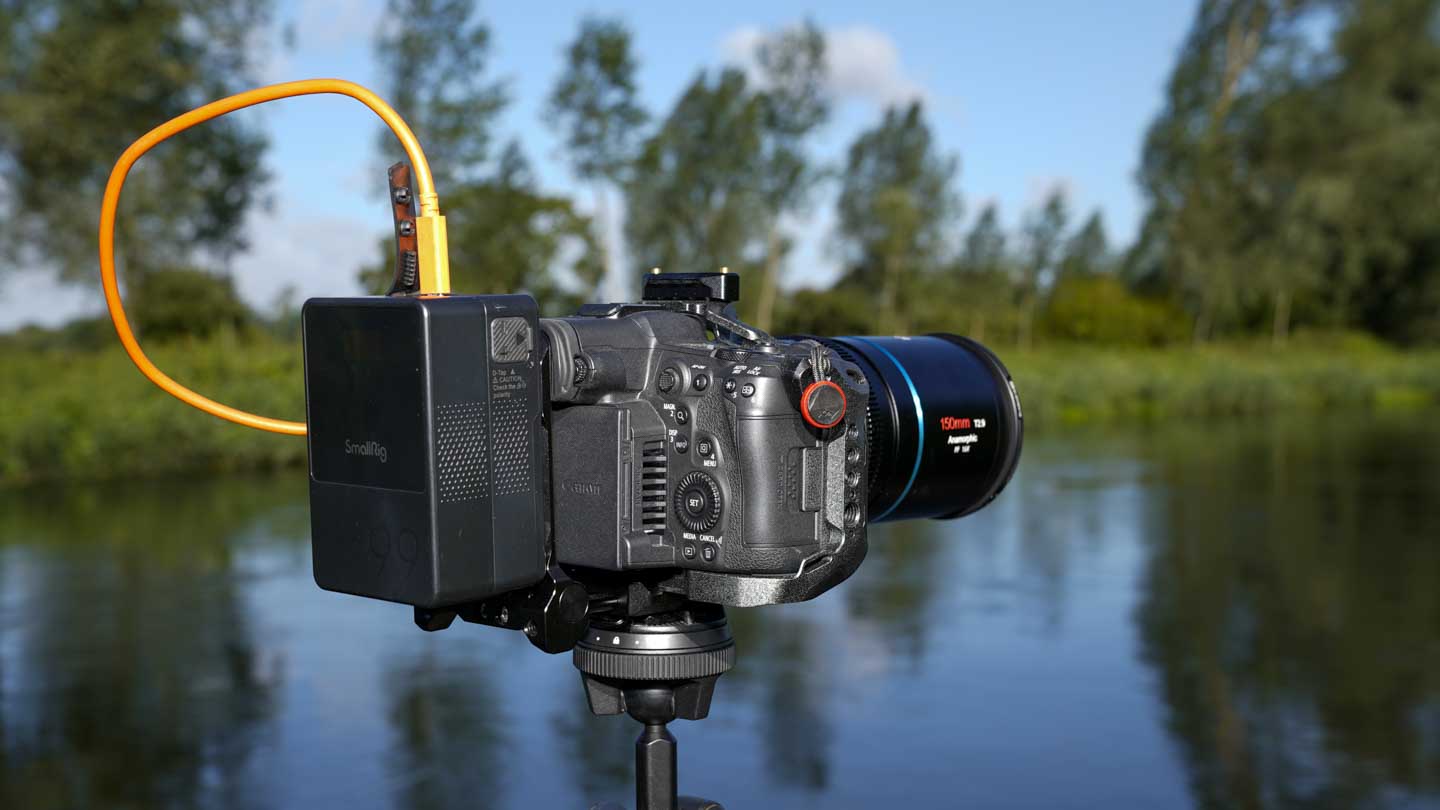
The visual look of the Cine lens compared to the stills lens is instantly apparent, with the stills lens looking for an almost clinical clarity while the Cine lens creates a depth of field and structure even with the aperture/Iris closed to f/16/T16.
While the actual field of view captured by the 150mm isn’t wide the width of the image that you see is, it’s far more letter box than we would expect from a stills lens, usually 4:3, or from a cine lens, usually 16:9, this takes it to 2.84:1 at 16:9 once de-squeezed and that’s impressive. Alongside the actual dimensions of the footage, there’s also the fact that the content of the footage display very distinctive characteristics including that blue lens flare and soft oval bokeh along with that unique depth rendering.
In use, it does take a while to get used to setting the exposure and focus on that squeezed image, and I did find using a monitor was essential to ensure that everything was spot on. I was also shooting in Log2, so alongside the de-squeeze post I also needed to grade the footage. Another point to make is that with a base sensitivity of ISO 800, I did have to use a LEE Element variable ND, in order to balance the light levels.
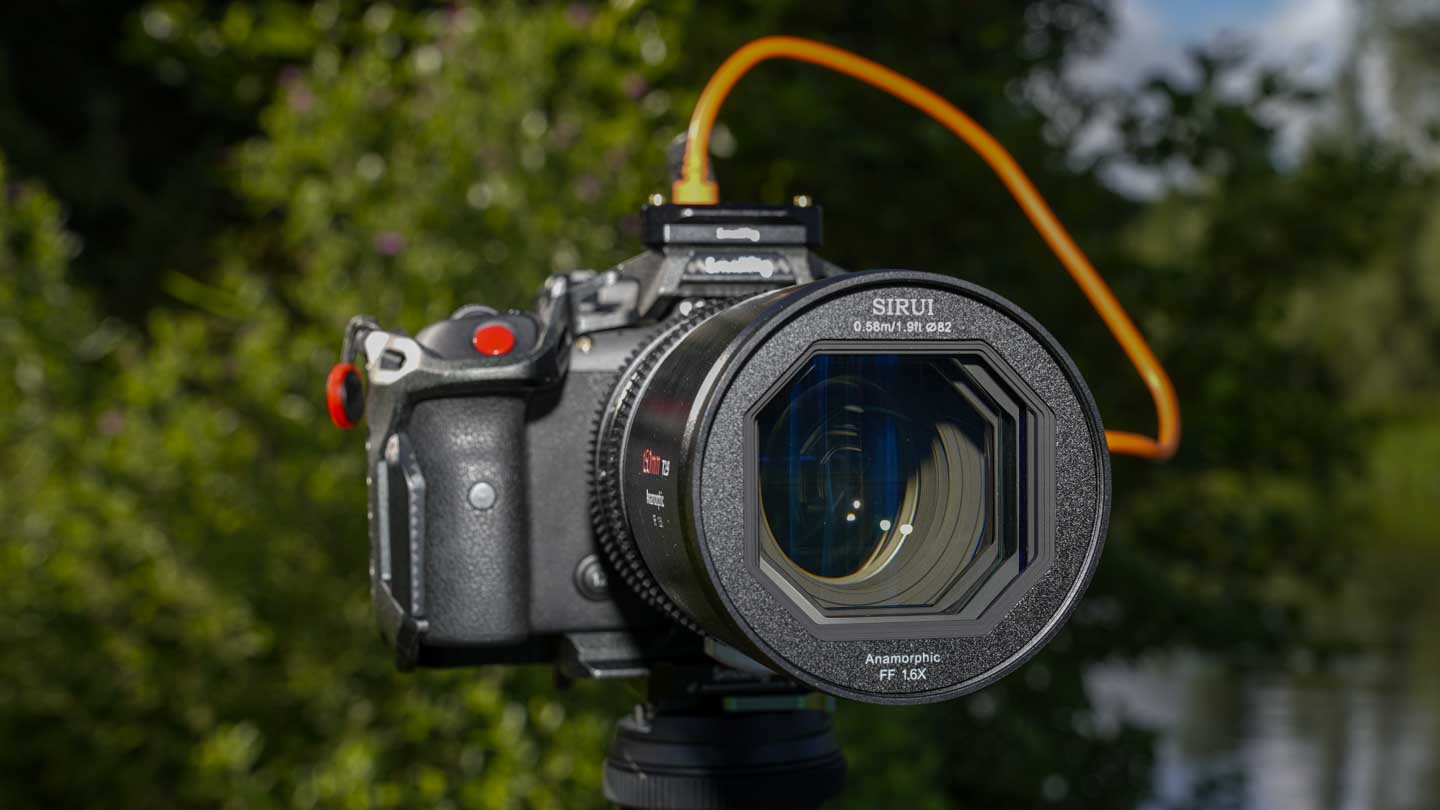
Just to clarify, the 1.6x front lens crop refers to the horizontal compression the anamorphic lens applies to the image it captures. In the case of the SIRUI Venus 150mm 1.6x anamorphic lens, the image is squeezed to 62.5% (or 1 divided by 1.6) of its original width while the height of the image remains the same. So the dimensions which were 3840 x 2160 become 3840 x 1372 if I want to preserve the width of the footage for playback.
When you de-squeeze the image in post-production, it’s expanded by the reciprocal factor (in this case, 1.6x) to restore the original proportions of the scene. This results in a wider field of view compared to a standard lens of the same focal length. For instance, a scene shot with a 150mm 1.6x anamorphic lens would have a field of view roughly equivalent to a 94mm lens (150 divided by 1.6) but with the depth of field and perspective of a 150mm lens, I hope that makes sense!
The crop term can be somewhat confusing in this context since it’s usually used to refer to the cropping of the sensor size in digital cameras, you can read more about that here https://camerajabber.com/what-is-crop-factor-in-photography/. Still, here it’s being used to refer to the squeezing effect of the anamorphic lens on the image.
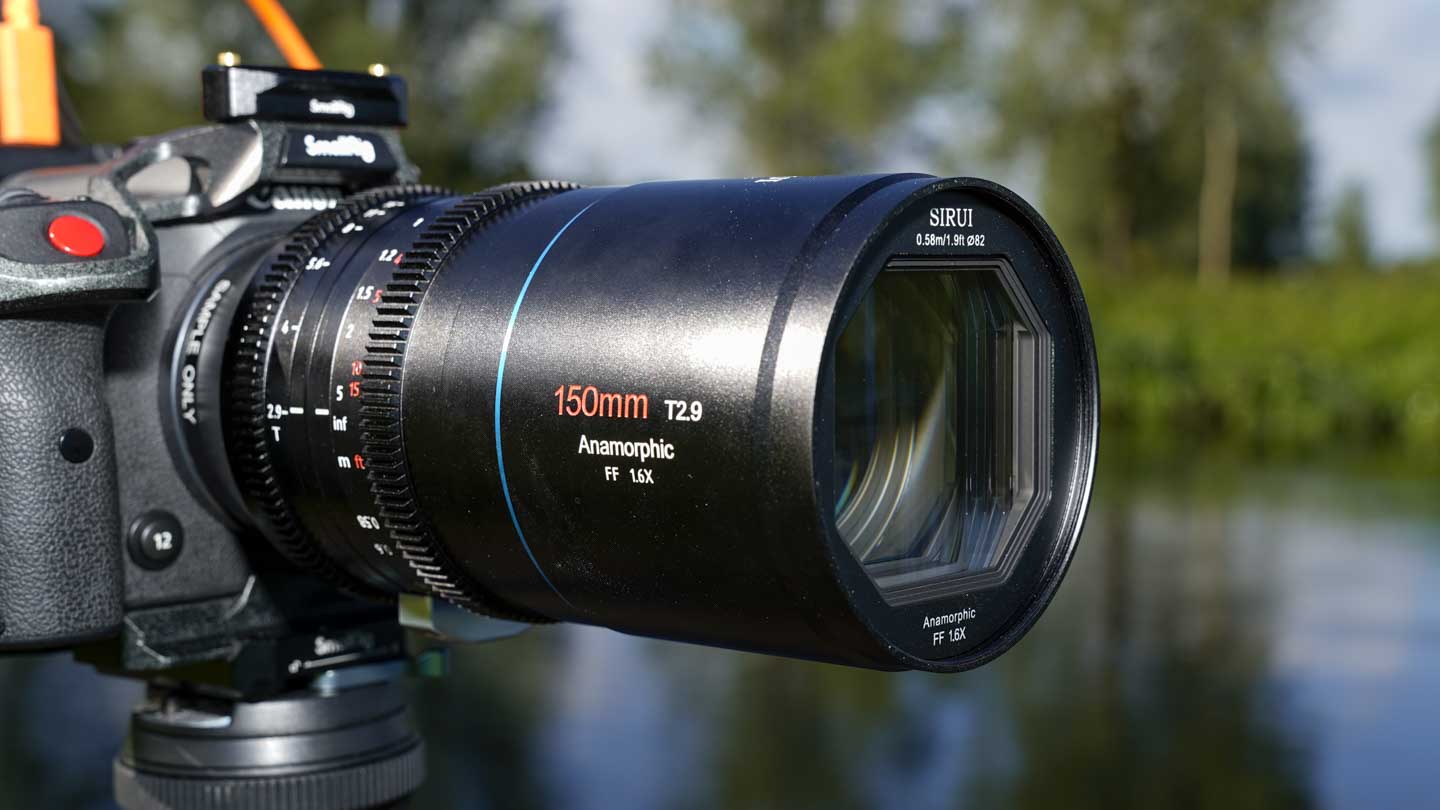
Ok after all that the SIRUI Venus 150mm 1.6x Full-frame Anamorphic Lens performs incredibly well as long as you have a little knowledge about how the lens works. To be honest, you wouldn’t be buying this lens unless you were after the specific look that it gives, and believe me; it’s worth the investment as it truly does deliver its promise of providing a cinematic experience on a budget.
The anamorphic ratio offers a distinctively wide field of view with a remarkable depth of field, creating images and videos with a unique cinematic flavour, even at T16 and getting some distance from the subject you get the depth of field you would usually expect at a much larger aperture/Iris. The stretched oval bokeh and iconic blue lens flares, characteristic of traditional anamorphic lenses, are pleasingly present here, adding that extra dramatic touch to the footage, I’ll pop a few examples into the review soon.
Just a quick note on those characteristics, they don’t just happen, like everything with this highly creative lens you need to work at it. Those flares require the light to hit exactly, so think about the angle and direction, likewise the bokeh will only happen if you have those light highlights.
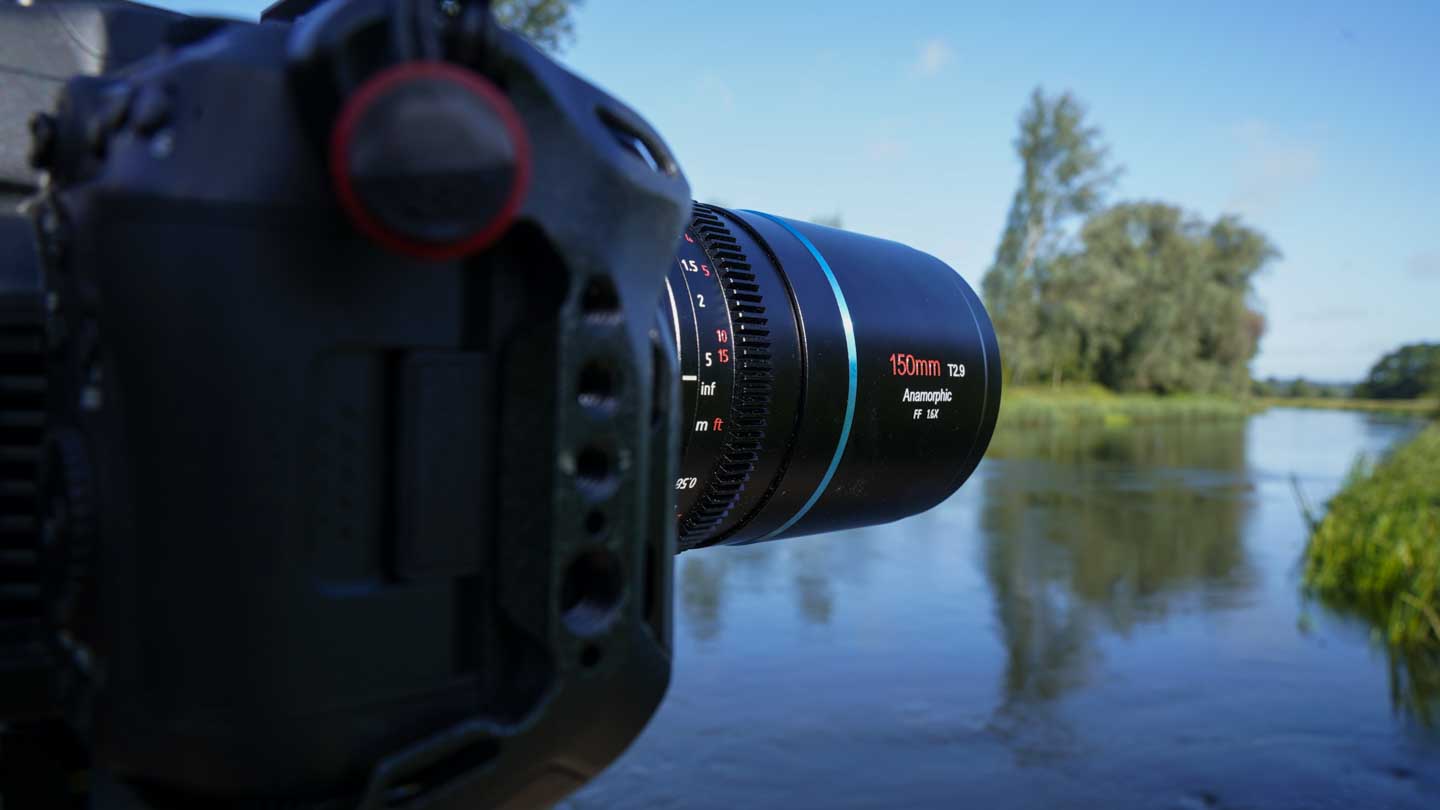
The consistency in colour temperature and hue across the lens range is apparently seamless, however, this is something that I will try to confirm at a later date. However, from experience having used the MFT SIRUI Anamorphic lenses the colour is pretty consistent across the range.
Sharpness and image quality are noteworthy, effectively minimizing chromatic aberration and providing sharp, detailed imagery across the frame. If you look carefully at the trees in the sample footage you will see a slight blue fringe, which is only very mild. The close minimum focus distance benefits close-ups, providing a depth of field that draws attention to the subject, as you can see with the butterflies. The fact that this is a manual focus lens does mean that you need a bit of skill to keep subjects in focus.
Its performance under different shooting conditions and with various features has shown that the lens does what it is supposed to do, making it a great value proposition for both professional and enthusiastic filmmakers.
